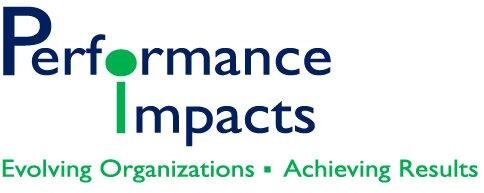By Erica North, Talent Management Consultant with Performance Impacts
July 13, 2022
THERE HAS TO BE A BETTER WAY.
Imagine for a moment that it’s 1978 and you are vacuuming your home with your brand-new Hoover Junior. You are lugging around your heavy vacuum cleaner from room to room dissatisfied with its performance. The bag is filling way too fast and every time you change it dust goes flying into the air - creating more work in the process. It’s never ending. You think to yourself, “there has to be a better way”. That is the exact thought James Dyson had when he utilized cyclone technology in a way that had never been done before and created the world’s first bagless vacuum.
In our day-to-day lives, it can become comfortable to maintain status quo and continue operating in our tried-and-true ways. In our many years of working with leaders at all types of organizations, we hear frequently “because that’s how we’ve always done it”. However, as time goes on and organizations are expected to continuously innovate and evolve, stopping to consider if there is a better way is vital to ongoing success.
To help organizations do just that, we work with leaders to practice and implement creative problem-solving. Creative problem-solving is a method of solving problems when conventional thinking is unsuccessful. It promotes finding fresh perspectives and developing innovative solutions, so that you can formulate a plan to overcome obstacles and reach your goals.
Creative Problem-Solving requires you to separate your "divergent" and "convergent" thinking. Divergent thinking is the process of generating many potential solutions. Convergent thinking includes evaluating those options and selecting the best one. It is the separation of divergent and convergent thinking that is key to creativity.
So next time you are facing a challenge and need to find a better way, utilize the creative problem-solving framework below to maximize your results.


